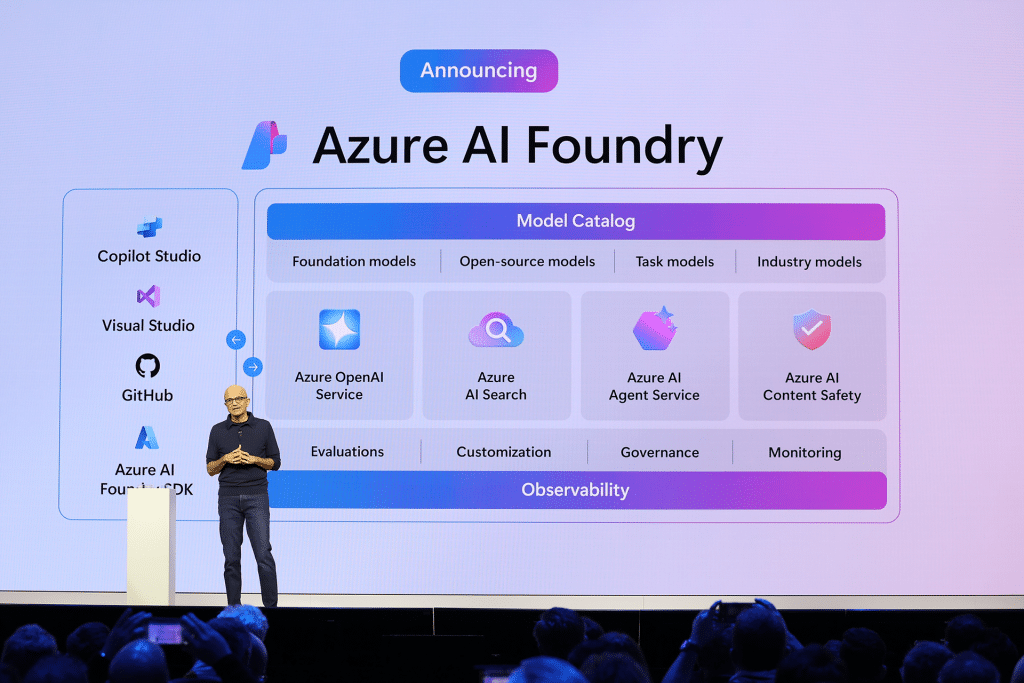What Business Leaders Need to Know About Containerisation

In today’s fast-moving, tech-driven world, business leaders must develop a basic understanding of the technology that drives their organisation’s growth. With that said, the quick pace of software development across industries can often come in the way of any seamless training or education.
Take containerisation, for example. Containerised applications provide a lot of value in terms of cost and operational efficiency but can be a difficult concept to grasp, especially for those without a technical background or role.
Given the complexity of processes such as containerisation, it makes sense to partner with an external expert that can keep you ahead of key software developments through:
- Aligning your strategies and practises with advanced, mission-critical applications.
- Progressing your existing tech stack to both fill performance gaps and bring about greater capabilities.
- Providing ongoing, expert-led support that goes beyond the initial discovery and implementation phases.
That’s precisely what we offer at Talk Think Do. As a trusted partner, we help forward-thinking organisations navigate the corporate technology space to realise their goals and ambitions.
To give you a sample of the kind of expertise we offer, we’re going to take you through everything you need to know about containerisation: what it is, the benefits it poses towards your business, and how you can realise those benefits today.
Suggested reading: Cloud computing poses the greatest growth-enabling features that a business can implement. Check out our eBook Legacy Systems Are Costing Your Business’ Growth to learn more!
Containerisation: the basics
Before we explore the many benefits of containerisation, let’s first go about defining it.
What exactly is containerisation?
Essentially, it’s a process whereby all the code and necessary components of an application — including libraries, frameworks, configuration files, and other dependencies — are packaged together and isolated in their own “container.”
This allows the application or software to be run on any type of infrastructure or in any environment without the need to refactor it. For example, containerised apps could be run on bare metal, within virtual machines (VMs), or in the cloud, with no additional measures necessary to ensure performance or security.
Think of a container as a portable, self-contained computing bubble. You can move it from one computing environment to another, but it always remains fully functional and isolated from its surroundings.
How is containerisation implemented?
Businesses can organise and run multiple software containers using dedicated orchestration tools such as Kubernetes, which automates the deployment, management, security, and scaling of containerised apps.
Think of Kubernetes as the conductor of a containerisation orchestra, making sure that each container is where it is supposed to be, doing what it is supposed to be doing, while also helping all of the containers perform in harmony.
Kubernetes can be run on the cloud via services such as Microsoft Azure and Amazon Web Services (AWS), making it a scalable, secure, and efficient option for any forward-thinking business.
With that covered, let’s take a deep dive into the advantages containerisation can offer your business.
Enable greater efficiencies
Greater efficiency is something all businesses should strive towards, resulting in streamlined processes, reduced overheads, and the most effective use of resources. Containerisation is primed to enable it, through functionalities like:
Portability
“Write once, run anywhere” could be considered the unofficial motto of containerisation as it neatly encapsulates one of its key benefits: portability. In this context, portability means being able to move a container to any technological platform or environment without having to rebuild the application or rewrite the code.
With a more traditional computing infrastructure, you write the application code on one platform or operating system (OS). But when the time comes to migrate the app to another platform, the code might not be compatible, resulting in a host of issues and bugs that need fixing.
The portability provided by containerisation allows businesses to unlock unparalleled levels of flexibility and ease in the way their applications are run and managed.
Minimised overhead
Containerisation vastly reduces overhead by removing the need for virtualised operating systems and other technological bottlenecks. Instead, containers rely on the host OS kernel, representing a more efficient use of resources.
Because containers don’t rely on a virtualised OS to access computing resources, container-based applications offer rapid startup times, representing a massive improvement in performance over traditional computing methods.
What’s more, reduced overhead also drives higher server efficiencies by enabling you to lower your server and licensing costs, making containerisation an effective cost-effective and efficient approach.
Power scalability across your business
For a business to grow, its processes and technology must be able to scale efficiently and effectively. If they can’t, the business will fail to adapt, becoming a victim of its own success. This makes scalability a critical business priority.
Outdated legacy systems often stand in the way of a business’s ability to scale. Containerised systems, on the other hand, offer high scalability in the following ways.
- Streamlined productivity: Container orchestration tools like Kubernetes automate the installation and management of workflows
- Enabled consistency: If one container fails, business operations continue to run smoothly and consistently.
Guarantee security
As businesses scale and adopt new systems, processes, and technology, they become increasingly vulnerable, opening themselves up to potential security breaches. The faster a business scales, the higher the risk.
Containerisation represents a highly secure approach compared to traditional computing models for the following reasons:
- Applications run independently: Containers are fully closed-off systems, isolated from one another. If one becomes compromised, there is no way for the threat to spread to other containers.
- Applications are isolated from the host system: Containers have only minimal interaction with computing resources, providing an extra layer of security.
It’s worth noting, however, that although containerisation offers robust security in itself, businesses must assess their existing security and industry standard compliance models to ensure that they are aligned with a containerised approach.
Given the high stakes — not to mention the complexities involved — the guidance a trusted tech partner can bring in this area cannot be overstated. They would be able to provide the support and added expertise needed when making wholesale changes that might affect or change your business’ security capabilities. You can both progress your business forward with the added benefit of a safety net.
Suggested reading: Read our blog 4 Growth-Enabling Benefits of Cloud Databases to discover why cloud databases are another key digital solution to add to your business!
Talk Think Do empowers business leaders
Though this blog helps in presenting a basic understanding of what containerisation is and its corporate benefits, it’s important to stress that this is still a surface-level look at a complex and esoteric subject.
In reality, there will likely be aspects of containerisation — as well as other growth-enabling technologies — that business leaders simply don’t have the time to get to grips with on a deeper level. Even if they do, they may find that their businesses don’t have the necessary resources in-house to effectively or safely implement these ideas.
For this reason, it pays to work with external experts who can help business leaders maximise their time and investment in containerisation technology, providing valuable guidance, advice, and technical expertise.
This is what we offer at Talk Think Do. As a trusted partner to ambitious and innovative businesses, we help our clients harness the power of technology to drive growth and innovation.
If you would like to see how we can move your business forward with mission-critical cloud-native applications, modernised legacy systems, and managed application support, get in touch with one of our experts today.
Get access to our monthly
roundup of news and insights
You can unsubscribe from these communications at any time. For more information on how to unsubscribe, our privacy practices, and how we are committed to protecting and respecting your privacy, please review our Privacy Policy.
See our Latest Insights
The platform for advanced AI apps in 2025
The recent announcements at Microsoft Ignite 2024, particularly the introduction of Microsoft Fabric’s SQL Database and Azure AI Foundry, present significant advancements that align seamlessly with our mission to deliver cutting-edge generative AI implementations for our clients. Enhancing Generative AI Implementations with Microsoft Fabric’s SQL Database The SQL Database in Microsoft Fabric is engineered to…
Customising Microsoft Copilot: Exploring Options for Tailored AI Assistance
If you’ve been following AI developments in 2024, Microsoft Copilot is a tool you’re likely already familiar with. Aimed at improving workplace productivity, streamlining decision-making, and optimising business processes, Copilot is being used by tens of thousands of people at an impressive 40% of Fortune 100 companies.1 While it’s still too early to tell what…
Evaluating AI Tools Using a Task-Based Framework to Optimise Productivity
We’ve all heard about how AI can improve productivity, boost work quality, and open doors to new business opportunities. But the reality is that these kinds of successful results rely on considerable preparation and careful implementation. According to recent surveys, 63% of respondents in successful businesses say that the implementation of generative AI is a…
Legacy systems are costing your business growth.
Get your free guide to adopting cloud software to drive business growth.







